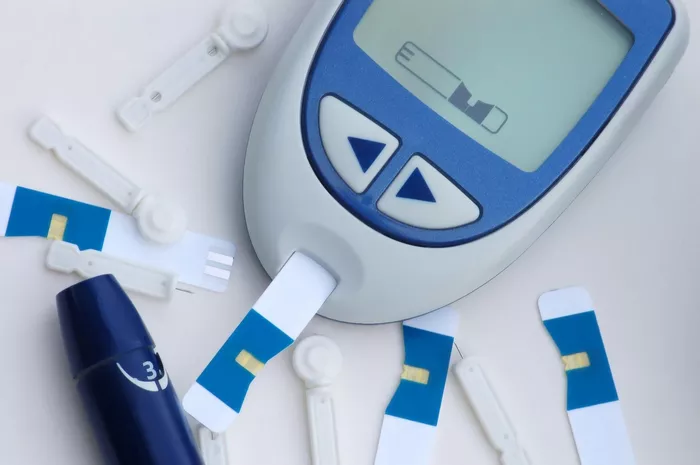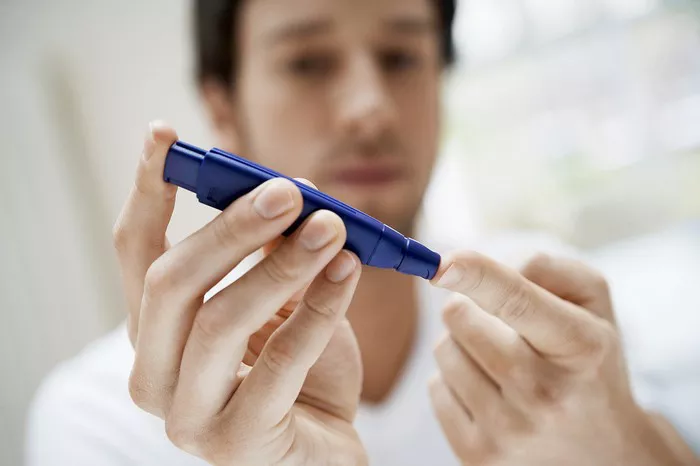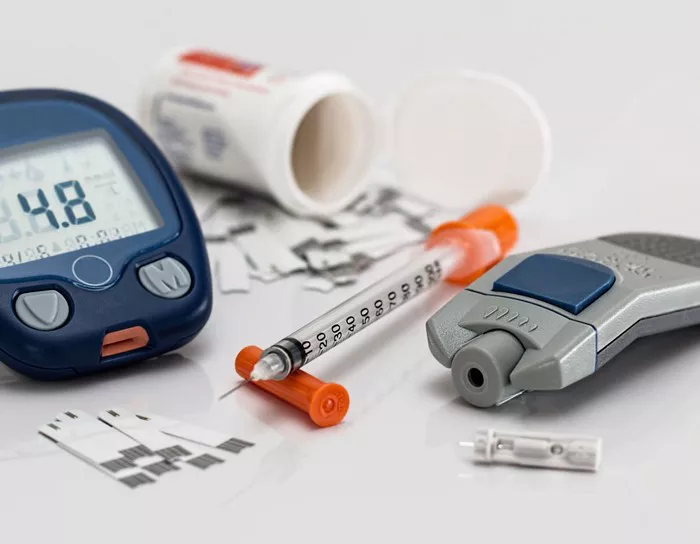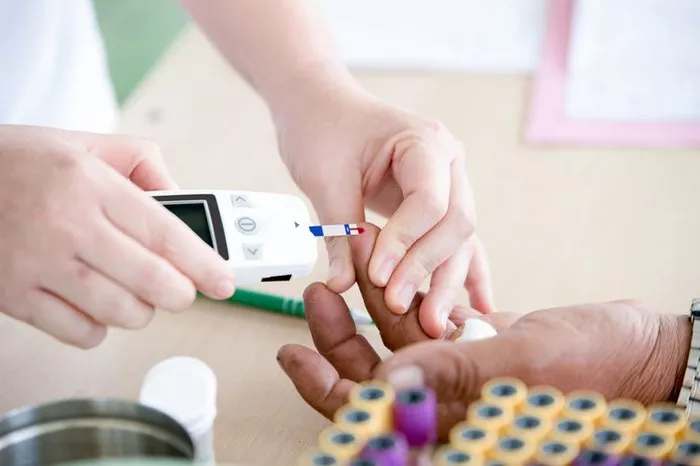Diabetes mellitus, a chronic metabolic disorder characterized by elevated blood sugar levels, affects millions of people worldwide. Effective management of diabetes requires a comprehensive approach that includes lifestyle modifications, oral medications, and, in many cases, insulin therapy. In this article, we will delve into the role of insulin therapy in the treatment of diabetes mellitus, exploring its mechanisms of action, therapeutic indications, and implications for patient care.
Understanding Diabetes Mellitus
Diabetes mellitus is a heterogeneous group of disorders characterized by hyperglycemia resulting from defects in insulin secretion, insulin action, or both. The two primary types of diabetes mellitus are:
1. Type 1 Diabetes Mellitus: Formerly known as insulin-dependent or juvenile-onset diabetes, type 1 diabetes is an autoimmune condition characterized by the destruction of pancreatic beta cells, leading to absolute insulin deficiency. Individuals with type 1 diabetes require lifelong insulin therapy for survival.
2. Type 2 Diabetes Mellitus: Formerly referred to as non-insulin-dependent or adult-onset diabetes, type 2 diabetes is characterized by insulin resistance and relative insulin deficiency. While insulin therapy may be necessary for some individuals with type 2 diabetes, it is often used in conjunction with other treatment modalities such as oral antidiabetic medications and lifestyle modifications.
Mechanisms of Action of Insulin
Insulin is a hormone produced by the beta cells of the pancreatic islets of Langerhans. Its primary function is to regulate blood sugar levels by facilitating the uptake of glucose into cells and promoting its storage as glycogen in the liver and muscles. Insulin exerts its effects through several mechanisms:
1. Glucose Uptake: Insulin binds to insulin receptors on the cell membrane, triggering a cascade of intracellular signaling events that promote the translocation of glucose transporter proteins (GLUT4) to the cell surface. This facilitates the uptake of glucose into insulin-sensitive tissues, such as skeletal muscle, adipose tissue, and the liver.
2. Glycogen Synthesis: Insulin stimulates glycogen synthesis by activating key enzymes involved in glycogen formation, such as glycogen synthase. This promotes the storage of glucose in the form of glycogen, which serves as a readily available source of energy during periods of fasting or increased energy expenditure.
3. Inhibition of Glucose Production: Insulin suppresses glucose production (gluconeogenesis) in the liver by inhibiting the activity of enzymes involved in the synthesis of glucose from non-carbohydrate precursors, such as lactate, glycerol, and amino acids.
4. Lipid Metabolism: Insulin promotes lipid synthesis in the liver and adipose tissue by stimulating the uptake of fatty acids and triglycerides. It also inhibits lipolysis, the breakdown of stored fat into fatty acids and glycerol, thereby reducing circulating levels of free fatty acids.
Therapeutic Indications for Insulin Therapy
Insulin therapy is a cornerstone of treatment for individuals with type 1 diabetes and is often used in conjunction with other medications to manage type 2 diabetes. The therapeutic indications for insulin therapy include:
1. Type 1 Diabetes Mellitus: Individuals with type 1 diabetes require exogenous insulin therapy to replace deficient insulin secretion and regulate blood sugar levels effectively. Insulin therapy is initiated shortly after diagnosis and is administered via subcutaneous injections or continuous subcutaneous insulin infusion (insulin pump therapy).
2. Type 2 Diabetes Mellitus: While many individuals with type 2 diabetes initially respond to oral antidiabetic medications and lifestyle modifications, progressive beta cell dysfunction may necessitate the addition of insulin therapy to achieve glycemic targets. Insulin therapy is typically initiated when oral medications fail to adequately control blood sugar levels or when insulin resistance is severe.
3. Gestational Diabetes Mellitus: Gestational diabetes mellitus (GDM) is a form of diabetes that develops during pregnancy and is characterized by elevated blood sugar levels. Insulin therapy may be necessary for women with GDM who fail to achieve glycemic control with diet and exercise or who require pharmacological treatment to maintain target blood sugar levels.
4. Diabetic Ketoacidosis (DKA): DKA is a life-threatening complication of diabetes characterized by severe hyperglycemia, ketosis, and metabolic acidosis. Insulin therapy is the cornerstone of treatment for DKA and is administered intravenously to rapidly lower blood sugar levels and correct acid-base imbalances.
Types of Insulin
Several types of insulin are available for therapeutic use, each with unique onset, peak, and duration of action:
1. Rapid-Acting Insulin: Rapid-acting insulin analogs, such as insulin lispro, insulin aspart, and insulin glulisine, have a rapid onset of action (15-30 minutes), peak effect within 1-2 hours, and duration of action of 3-4 hours. They are typically administered before meals to control postprandial blood sugar spikes.
2. Short-Acting Insulin: Short-acting insulin, such as regular insulin (human insulin), has a slower onset of action (30-60 minutes), peak effect within 2-3 hours, and duration of action of 4-6 hours. It is typically administered 30 minutes before meals to control postprandial blood sugar levels.
3. Intermediate-Acting Insulin: Intermediate-acting insulin, such as NPH (neutral protamine Hagedorn) insulin, has a slower onset of action (1-2 hours), peak effect within 4-8 hours, and duration of action of 12-18 hours. It provides basal insulin coverage and is often used in combination with rapid-acting or short-acting insulin to provide both basal and prandial coverage.
4. Long-Acting Insulin: Long-acting insulin analogs, such as insulin glargine and insulin detemir, have a gradual onset of action (1-2 hours), peakless profile, and duration of action of up to 24 hours. They provide basal insulin coverage and are administered once daily to maintain stable blood sugar levels throughout the day and night.
Administration of Insulin Therapy
Insulin therapy can be administered via subcutaneous injections or continuous subcutaneous infusion (insulin pump therapy). The choice of administration method depends on individual preferences, lifestyle, treatment goals, and healthcare provider recommendations:
1. Subcutaneous Injections: Subcutaneous injections involve the administration of insulin into the subcutaneous tissue of the abdomen, thigh, buttocks, or upper arm using a syringe, pen device, or insulin pump infusion set. Injection sites should be rotated to prevent lipohypertrophy (thickening of subcutaneous fat) and ensure consistent absorption of insulin.
2. Insulin Pump Therapy: Insulin pump therapy, also known as continuous subcutaneous insulin infusion (CSII), involves wearing a small device that delivers rapid-acting insulin continuously through a subcutaneous catheter. The pump is programmed to deliver basal insulin at a predetermined rate and allows for on-demand bolus doses before meals to mimic the physiological secretion of insulin by the pancreas.
Challenges and Considerations in Insulin Therapy
While insulin therapy is highly effective in controlling blood sugar levels and reducing the risk of complications associated with diabetes mellitus, it is not without challenges and considerations:
1. Hypoglycemia: Hypoglycemia, or low blood sugar, is a common complication of insulin therapy and can occur if insulin doses are too high relative to food intake or physical activity. Symptoms of hypoglycemia include shakiness, sweating, palpitations, confusion, and in severe cases, loss of consciousness. Patients receiving insulin therapy should be educated about recognizing and treating hypoglycemia promptly.
2. Weight Gain: Insulin therapy is associated with weight gain in some individuals, particularly those with type 2 diabetes who experience improved glycemic control and increased cellular uptake of glucose and fatty acids. Weight gain may exacerbate insulin resistance and contribute to the development of cardiovascular risk factors such as hypertension and dyslipidemia.
3. Injection Site Reactions: Subcutaneous injections may cause injection site reactions, such as pain, redness, swelling, or bruising, particularly if injection technique is not optimized or injection sites are not rotated regularly. Proper injection technique and rotation of injection sites can help minimize injection site reactions and ensure consistent absorption of insulin.
4. Cost and Accessibility: Insulin therapy can be costly, particularly for individuals without adequate health insurance coverage or access to affordable healthcare services. Cost barriers may limit access to insulin therapy and contribute to medication non-adherence and poor glycemic control.
Conclusion
Insulin therapy is a cornerstone of treatment for individuals with type 1 diabetes, and it plays a crucial role in managing hyperglycemia and preventing complications associated with type 2 diabetes. By replacing deficient insulin secretion and regulating blood sugar levels effectively, insulin therapy enables individuals with diabetes to lead healthier, more fulfilling lives. However, successful insulin therapy requires careful monitoring, patient education, and individualized treatment regimens tailored to each patient’s needs, preferences, and lifestyle. Healthcare providers play a central role in guiding patients through the complexities of insulin therapy and empowering them to take control of their diabetes management effectively. With ongoing advancements in insulin formulations, delivery devices, and therapeutic strategies, the future holds promise for improving outcomes and enhancing the quality of life for individuals living with diabetes mellitus.


























